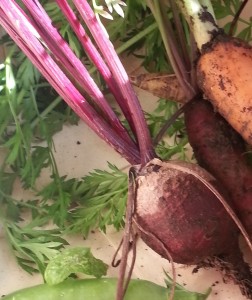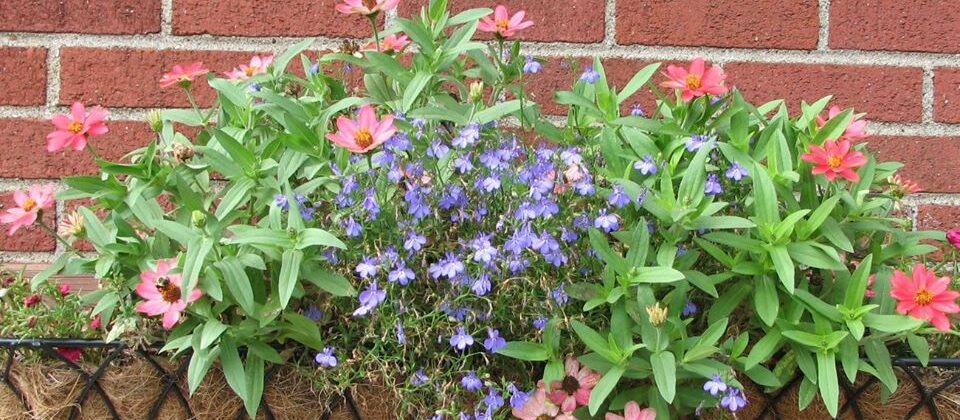
I’m not sure which sounds stranger saying the technical name of this family which is Chenopodiaceae or its nickname which is the Goosefoot. If inquiring minds want to know why it is called goosefoot , folks say that many of the leaves in this family look like goose feet. While I don’t think I would have named it this, we will just accept it and move on.
As for edible plants, this family includes beets, swiss chard, spinach, quinoa and amaranthus. Also, there is an herb in this family called purslane which I have never grown. The flower portulaca is related too.

You can eat the leaves of beets when they are young but the focus of this vegetable are the roots. While swiss chard and spinach love the cold weather, swiss chard also thrives in the summer heat. Also, swiss chard can be used to pack a punch of color in your garden because some types have vibrant colored stems of pink, orange , yellow, red, and lavendar. Check out the Swiss Chard Bright Light seeds on botanicalinterests.com. While spinach is sensitive, you should grow it in the Spring and Fall. I was able to extend my harvest of spinach by growing it under cover. Once spinach gets too hot, it will bolt and go to seed.
Did you know that quinoa and amaranthus are pretty ornamental plants. While I have heard of people drying the blooms of amaranthus for ornamental arrangements, I think you could do the same with quinoa blooms. Also you can dry and cook the seeds of both plants and eat them. You have to plant a lot of them to get enough to eat the “seeds” so if you have a bigger garden I would give it a shot. Check out the Quinoa Brightest Brilliant Rainbow Organic seeds on botanicalinterests.com.
Purslane and portulaca both have succulent leaves which means they are not flat but are thickened and fleshy. I have never grown or eaten purslane. Herb lovers will pluck the leaves of purslane and add it to a salad. Some people cook it. As for portulaca flowers, check out burpee.com for the Sundial Hybrid Mix and Color Carosel Mix. This flower does well in tough places and enjoys the sunshine.
The goosefoot family is low maintenance when it comes to any diseases and pests.

